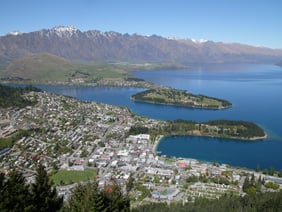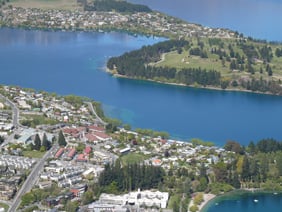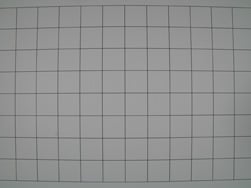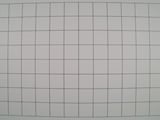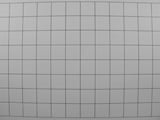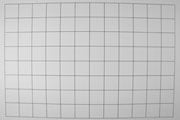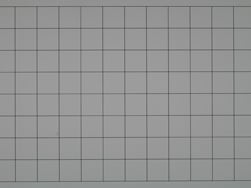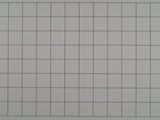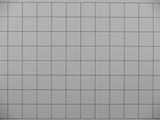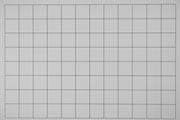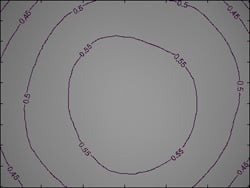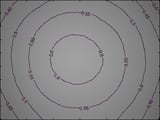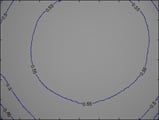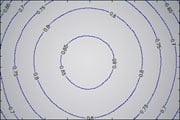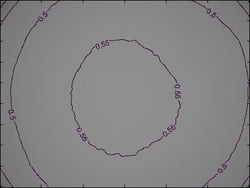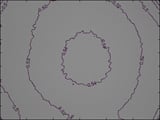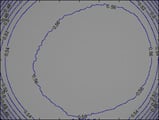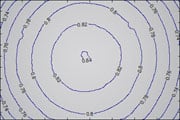Leica D VARIO-ELMARIT 14-50mm f2.8-3.5 lens review
-
-
Written by Gordon Laing
Quality
The Leica D 14-50mm was jointly developed by Panasonic and Leica Camera AG specifically for digital photography – indeed the D stands for digital. Panasonic understands optical enthusiasts like to know where a lens comes from, so in the Lumix L1 FAQ clearly states the lens is manufactured under a licensing agreement with Leica Camera AG in a Panasonic plant based in Japan that’s satisfied the required manufacturing standards.
The 14-50mm is actually the first of three Leica D lenses for Four Thirds DSLRs, the second being a 25mm f1.4 fixed focal length model, and the third being another zoom with optical stabilisation, but with a much broader 14-150mm focal length. This last lens does not yet have an official release date or price.
The Leica D 14-50mm lens is pictured below in its shortest and longest positions. It measures 76mm in diameter, 103mm in length when zoomed-out and extends by only 11mm when zoomed-in. Weighing 490g it’s relatively light for a lens with its specification. A decent lens hood is included which can be reversed over the body for storage, although you’ll need to remove it or mount it properly for easy access to the zoom ring.
|
The Leica D 14-50mm employs 16 elements in 12 groups including two large diameter aspherical lenses, and delivers a fast focal ratio of f2.8 at 14mm and f3.5 at 50mm; the smallest aperture is f22.
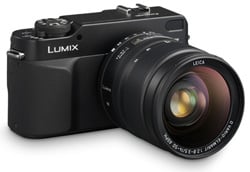 |
The build quality is excellent with a tough exterior and smooth mechanics, roughly equivalent to the Olympus Zuiko Digital Professional lens range, although there’s no details concerning environmental sealing or protection against splashes. Following the retro look and feel of the Lumix L1 digital SLR, Leica’s implemented an analogue aperture ring which allows quick and easy control over the f-number. Note this ring only works with the Lumix L1 digital SLR though (and Leica’s rebadged Digilux 3), so if you’re an Olympus DSLR owner, you’ll need to set the ring to A and adjust the aperture electronically as before.
On the side of the lens is a single switch to enable the Mega Optical Image Stabilisation, OIS. Panasonic claims up to three stops of compensation against camera shake which we’ll put to the test on the next page and demonstrate in our video tour.
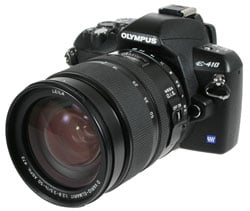 |
Autofocus performance is very quick, although slightly noisier than Canon USM and Nikkor SWM lenses. Focusing takes place internally, leaving the lens barrel static. This is good news for users of polarising filters, and the thread diameter is 72mm.
It’s important to note that like other Four Thirds lenses, the manual focusing is motor-assisted. The Leica D 14-50mm’s focusing ring is smooth and offers fine control, but it’s not as tactile as a traditional mechanical manual focus. As a motorised system, you’ll also need electrical power, so manual focusing is not possible with the camera switched off.
It’s also worth mentioning that like other Four Thirds lenses, the focus distance is reset to infinity when you switch off the camera, although mercifully this doesn’t occur when the cameras go into power-save mode. Some photographers won’t like motorised manual focusing on a DSLR, but if you’re an existing Four Thirds owner, you’ll of course be used to the process.
Leica D 14-50mm coverage
The Leica D 14-50mm employs the Four Thirds standard and is compatible with existing Olympus Four Thirds digital SLRs along with Panasonic’s own Lumix L1 (and Leica’s rebadged Digilux 3). The sensor in Four Thirds bodies effectively reduces the field of view by two times, so the Leica D lens delivers an equivalent focal length of 28-100mm.
This provides wide angle to short telephoto and is an ideal general purpose range. The coverage at 14 and 50mm with a Panasonic L1 is shown below, although as a standard Four Thirds camera, you’ll get exactly the same coverage on any other Four Thirds model, including the Olympus E-410.
| ||||||||||
Panasonic Lumix DMC L1 Mega OIS off |
Panasonic Lumix DMC L1 Mega OIS Mode 1 |
Panasonic Lumix DMC L1 Mega OIS Mode 2 | ||
 |  |  | ||
| 14-50mm at 50mm, 0.77 sec, 200 ISO | 14-50mm at 50mm, 0.77 sec, 200 ISO | 14-50mm at 50mm, 0.77 sec, 200 ISO |
Above are crops from three examples of a bottle label taken from a distance of 30cm with the lens fully zoomed-in to 50mm (100mm equiv) at a shutter speed of 1/1.3 (0.77 secs), taken with OIS disabled, followed by OIS Mode 1 then OIS Mode 2. The original crops measured 370×240 pixels and therefore represent just over one eighth the width of the full L1 image. Each crop has been reduced to 185×120 pixels for reproduction here – so the images above are equivalent to viewing on-screen at 50%.
The images taken with OIS clearly show camera shake has been greatly reduced, and that Mode 2 really is more effective than Mode 1. This confirms Panasonic’s claims and also gives the lens an advantage when used with the Lumix L1 / Digilux 3 bodies. In tests with previous Panasonic compacts and all-in-ones, Mode 2 has also proven more effective at combating camera shake, but harder to compose with at long focal lengths due to the actual view wobbling.
 |
Interestingly this isn’t so much of an issue with the Leica D 14-50mm though for two reasons: first the longest focal length isn’t that great compared to the super-zoom magnifications of, say, the FZ50 and FZ8, and secondly the Four Thirds DSLR viewfinders are relatively small, so the appearance of any wobbling is greatly reduced. Consequently we’d recommend owners of the Lumix L1 or Digilux 3 DSLRs keep them set to Mode 2 when using the Leica D 14-50mm, as they’ll benefit from superior stabilisation, while not suffering too much from a wobbly view. Should conditions result in the view wobbling too much though, you’ve always got the option to switch to Mode 1.
To see how the Image Stabilisation performs on another body, check our Olympus E-410 review, and for a demonstration of it in practice, check out our Leica D 14-50mm video tour.
Outdoor scene – Leica D 14-50mm vs Olympus ZD 14-42mm ED with Olympus E-400
Leica D Vario Elmarit 14-50mm lens results continued…
Outdoor / Resolution / Corner sharpness / Fringe and macro / Geometry / Vignetting
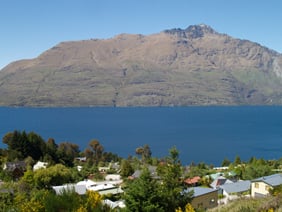 | To compare real-life performance we shot the same scene with the Olympus E-400 using its kit 14-42mm ED lens and the Leica 14-50mm lens within a few moments of each other. The E-400 was set to its best quality SHQ JPEG mode, Auto White Balance, Digital ESP Metering, the default Vivid Picture Mode and its lowest 100 ISO sensitivity. The focal length of each lens was adjusted to deliver an identical field of view, and the aperture of each was set to f8. In our resolution tests with both lenses, the best results were achieved at this aperture. |
|
The image above was taken with the Olympus E-400 using the Leica 14-50mm at 21mm f8 and at 100 ISO; the original measured 6.71MB. The crops are taken from far left, middle, right, top and far right portions of the originals and presented here at 100%. Despite the significant price difference between the two lenses tested here, the crops below show remarkably similar levels of detail and optical correction. The most obvious difference can be seen in the first crop, taken from the far left side of the image, where the Leica result is noticeably sharper. This can be seen across the roof tiles and surrounding foliage. The result from the Zuiko Digital 14-42mm kit lens is visibly softer, losing the ultimate detail that’s present on the Leica sample. Beyond this though, the results on this particular image are very similar. 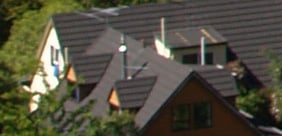 To see how the Leica lens performs on the Panasonic L1 against the Nikon D80, check out our Pansasonic Lumix L1 review, and to see it against both the Olympus E-400 and the Canon EOS 400D / XTi, check out our Olympus E-400 review. In the meantime though, this page shows the latest Zuiko Digital 14-42mm ED kit lens stands up well against premium lenses when it comes to day-to-day outdoor shots at f8. It’s a good result for the E-400, E-410 and E-510 bundles. |
Zuiko Digital 14-42mm Using Olympus E-400 |
Leica 14-50mm Using Olympus E-400 | |
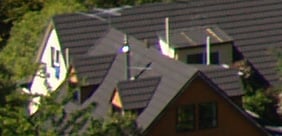 | ||
100 ISO, 1/160, f8 |
100 ISO, 1/160, f8 | |
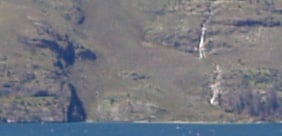 | 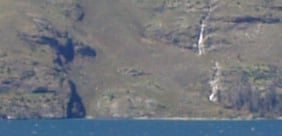 | |
100 ISO, 1/160, f8 |
100 ISO, 1/160, f8 | |
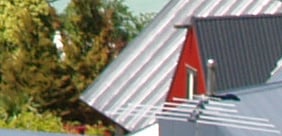 | 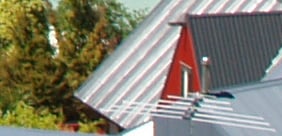 | |
100 ISO, 1/160, f8 |
100 ISO, 1/160, f8 | |
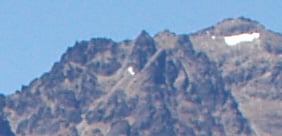 | 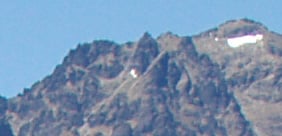 | |
100 ISO, 1/160, f8 |
100 ISO, 1/160, f8 | |
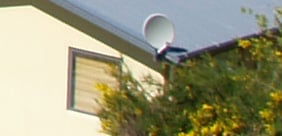 | 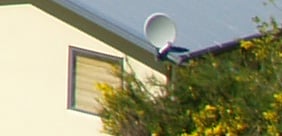 | |
100 ISO, 1/160, f8 |
100 ISO, 1/160, f8 |
Leica D 14-50mm resolution comparison
Leica D Vario Elmarit 14-50mm lens results continued…
Outdoor / Resolution / Corner sharpness / Fringe and macro / Geometry / Vignetting
|
|
To measure and compare the Leica D 14-50mm’s resolving power we photographed the Enhanced Digital Camera Resolution Chart with it and a number of rival lens and body combinations, using each camera’s best quality JPEG and default image tone and sharpening settings. The crops are taken from the original images, saved as High Quality JPEGs in Photoshop CS2 and presented here at 100%. Each number represents 100 lines per picture height (lpph), so a figure of 20 means a resolution of 2000 lpph. |
|
We tested the Leica D 14-50mm with the Olympus E-410, E-400 and Panasonic Lumix L1 at a focal length of 25mm and at every aperture setting. The sharpest results were found at apertures between f5.6 and f8. The best overall result for the Leica lens here was with it mounted on the Olympus E-410 where it delivered an impressive 2200 lpph of horizontal and vertical resolution. This is fractionally above what you’d get with the E-410’s ED 14-42mm kit lens, and we believe close to the E-410’s maximum resolving power. It’s also interesting to see the E-410 delivering a slightly better result with the Leica lens than it did mounted on the E-400. Both bodies share 10 megapixel resolution, but employ different sensors, and the result here backs up the figures in our E-410 review where it also scored slightly higher than its predecessor when fitted with the same kit lens. Either way, the results here illustrate the Leica D 14-50mm lens is capable of bringing out the best of the latest Four Thirds bodies. |
Olympus E-410 using Leica 14-50mm |
Olympus E-410 using ZD 14-42mm ED | |
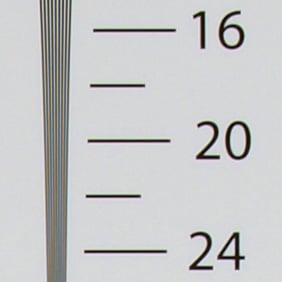 | 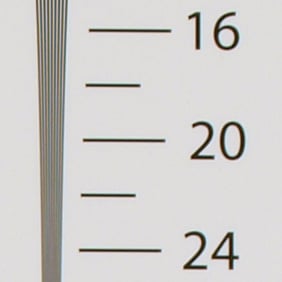 | |
2200 lpph, 14-50mm at 25mm, f8, 100 ISO |
2150 lpph, 14-42mm at 25mm, f8, 100 ISO | |
Olympus E-400 using Leica 14-50mm |
Panasonic Lumix L1 using Leica 14-50mm | |
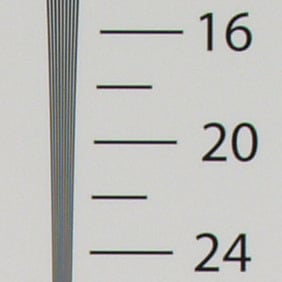 | 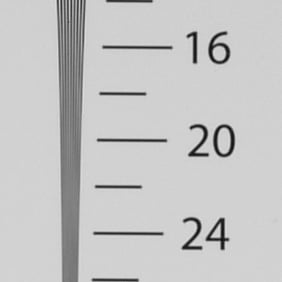 | |
2100 lpph, 14-50mm at 25mm, f8, 100 ISO |
1900 lpph, 14-50mm at 25mm, f8, 100 ISO |
Olympus E-410 using Leica 14-50mm |
Olympus E-410 using ZD 14-42mm ED | |
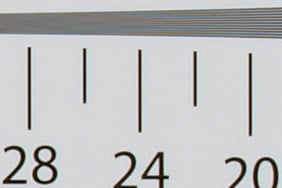 | 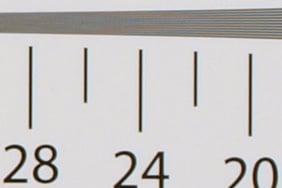 | |
2200 lpph, 14-50mm at 25mm, f8, 100 ISO |
2150 lpph, 14-42mm at 25mm, f8, 100 ISO | |
Olympus E-400 using Leica 14-50mm |
Panasonic Lumix L1 using Leica 14-50mm | |
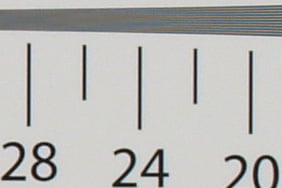 | 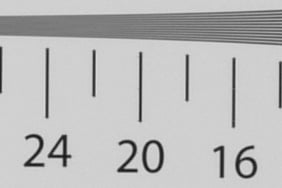 | |
2100 lpph, 14-50mm at 25mm, f8, 100 ISO |
1950 lpph, 14-50mm at 25mm, f8, 100 ISO |
Leica D 14-50mm corner sharpness
Leica D Vario Elmarit 14-50mm lens results continued…
Outdoor / Resolution / Corner sharpness / Fringe and macro / Geometry / Vignetting
|
|
To compare the corner sharpness of the Leica D 14-50mm, we photographed the Enhanced Digital Camera Resolution Chart with it and a variety of other lenses at their widest and longest focal lengths, and with various apertures in Aperture Priority mode. The cameras used for testing each lens were set to their best quality JPEG and default image tone and sharpening settings. The crops are taken from the extreme lower left corner of the chart and presented here at 100%. |
The Leica D 14-50mm exhibits a little fringing in the extreme corners at wide angle and some light fall-off at its full f2.8 aperture, but the results are still quite sharp, especially compared to the older Zuiko Digital 14-45mm kit lens at 14mm f3.5. Zoom into telephoto and the Leica D 14-50mm performs very well in the corners even with the aperture wide open. It is noticeably sharper than the latest Zuiko Digital kit lens when fully opened, where it also has the advantage of being over one stop brighter. A great result here for the Leica lens. Note: crop details taken from the same chart which appear smaller here are due to them being captured with lower resolution cameras and / or a lens which couldn’t focus as close to the chart. In each case though, the crop still represents the extreme left corner of each camera’s frame. |
Leica D 14-50mm with Olympus E-410 |
Olympus ZD ED 14-42mm with Olympus E-400 |
Olympus ZD 14-45mm with Olympus E-500 |
Leica D 14-50mm with Panasonic L1 | |||
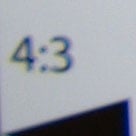 | 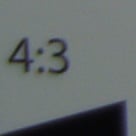 | 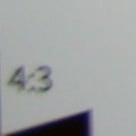 | 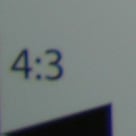 | |||
14-50mm at 14mm f2.8 |
14-42mm at 14mm f3.5 |
14-45mm at 14mm f3.5 |
14-50mm at 14mm f2.8 | |||
 | 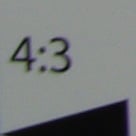 | 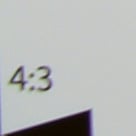 | 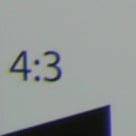 | |||
14-50mm at 14mm f8 |
14-42mm at 14mm f8 |
14-45mm at 14mm f8 |
14-50mm at 14mm f8 | |||
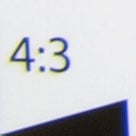 | 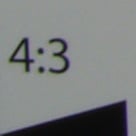 | 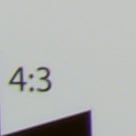 | 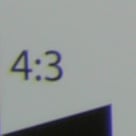 | |||
14-50mm at 14mm f16 |
14-42mm at 14mm f16 |
14-45mm at 14mm f16 |
14-50mm at 14mm f16 | |||
Leica D 14-50mm with Olympus E-410 |
Olympus ZD ED 14-42mm with Olympus E-400 |
Olympus ZD 14-45mm with Olympus E-500 |
Leica D 14-50mm with Panasonic L1 | |||
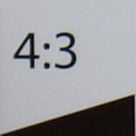 | 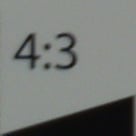 | 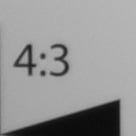 | 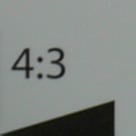 | |||
14-50mm at 50mm f3.5 |
14-42mm at 42mm f5.6 |
14-45mm at 45mm f5.6 |
14-50mm at 50mm f3.5 | |||
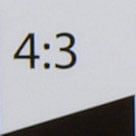 | 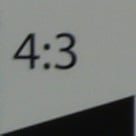 | 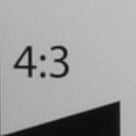 | 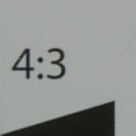 | |||
14-50mm at 50mm f8 |
14-42mm at 42mm f8 |
14-45mm at 45mm f8 |
14-50mm at 50mm f8 | |||
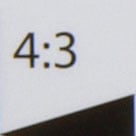 | 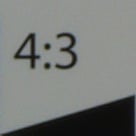 | 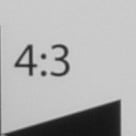 | 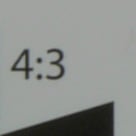 | |||
14-50mm at 50mm f16 |
14-42mm at 42mm f16 |
14-45mm at 45mm f16 |
14-50mm at 50mm f16 |
Leica D 14-50mm purple fringing comparison
Leica D Vario Elmarit 14-50mm lens results continued…
Outdoor / Resolution / Corner sharpness / Fringe and macro / Geometry / Vignetting
 |
To compare the purple fringing of the Leica D 14-50mm we photographed a test chart with areas of very high contrast using it and a variety of other lenses at their widest and longest focal lengths and with their apertures wide open. The crops are taken from the upper left corner of the chart and presented here at 100%. All four lenses below exhibit purple fringing at wide angle, and much less when zoomed-in to their telephoto end, although the Leica D arguably shows less than the others – and remember it also has a faster focal ratio. |
Leica D 14-50mm with Panasonic L1 |
Olympus ZD ED 14-42mm with Olympus E-400 |
Olympus ZD 14-45mm with Olympus E-500 |
Canon EF-S 18-55mm with Canon 400X / XTi | |||
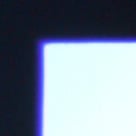 | 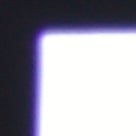 | 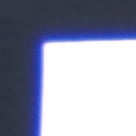 | 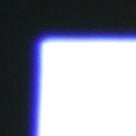 | |||
14-50mm at 14mm f2.8 |
14-42mm at 14mm f3.5 |
14-45mm at 14mm f3.5 |
18-55mm EF-S at 18mm f3.5 | |||
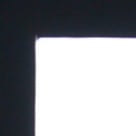 | 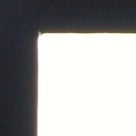 | 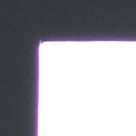 | 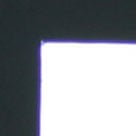 | |||
14-50mm at 50mm f3.5 |
14-42mm at 42mm f5.6 |
14-45mm at 45mm f5.6 |
18-55mm EF-S at 55mm f5.6 |
Leica D 14-50mm macro comparison
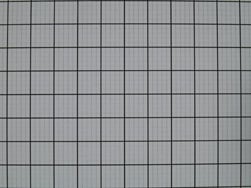 | To measure and compare the Leica D 14-50mm’s macro performance we photographed a custom chart using it and a number of rival lenses. Each camera was positioned at a distance and set to a focal length which delivered the maximum possible reproduction. The dark lines are 10mm apart and the result is not cropped. Smaller areas are preferred in this test. The image left was taken with the Leica D 14-50mm. | |
|
14-50mm at 50mm f8 Max area of 108x80mm | ||
Like most DSLR lenses, the greatest macro reproduction was achieved with the lens zoomed-in to telephoto. There the Leica D 14-50mm captured an area measuring 108x80mm, which is comfortably beaten by both Canon’s EF-S 18-55mm kit lens and the latest Olympus Zuiko Digital ED 14-42mm. So the Leica D 14-50mm isn’t particularly ideal for large reproductions of small subjects. If you want superior macro performance on a Four Thirds body, you should consider the Olympus Zuiko Digital 50mm. |
Olympus ZD ED 14-42mm with Olympus E-400 |
Olympus ZD 14-45mm with Olympus E-500 |
Canon EF-S 18-55mm with Canon 400D / XTi | ||
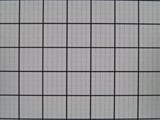 | 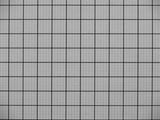 | 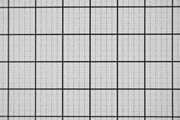 | ||
|
14-42mm at 42mm f8 Max area of 68x50mm |
14-45mm at 45mm f8 Max area of 112x84mm |
18-55mm EF-S at 55mm f8 Max area of 66x44mm |
Leica D 14-50mm wide-angle geometry comparison
Leica D Vario Elmarit 14-50mm lens results continued…
Outdoor / Resolution / Corner sharpness / Fringe and macro / Geometry / Vignetting
Leica D 14-50mm telephoto geometry comparison
|
Leica D 14-50mm wide-angle uniformity comparison
Leica D Vario Elmarit 14-50mm lens results
Outdoor / Resolution / Corner sharpness / Fringe and macro / Geometry / Vignetting
Leica D 14-50mm telephoto uniformity comparison
|
